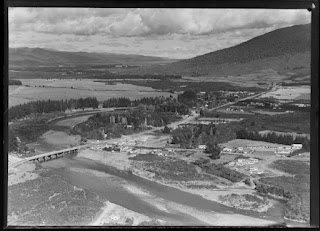Te Wiki o Te Reo Maori/Maori Language Week and Te Reo Maori (Maori Language) Claim

For Te Wiki o Te Reo Maori, guest blogger Bruce Stirling backgrounds the history of the Te Reo claim and the long struggle for recognition of the Maori language: The annual focus on speaking Maori, Te Wiki o te Reo Maori (Maori Language Week), has rolled around again, from 23–29 July 2012. Arohatia Te Reo, Te Wiki o Te Reo Maori 2012 It’s been an annual event since 1975, building on the inaugural Maori Language Day instituted by Maori in 1972, but it took a 1986 Waitangi Tribunal report to help secure official recognition of te reo Maori and the resources needed to preserve and nurture the language. Action on the Tribunal’s recommendations included the establishment, 25 years ago, of Te Taura Whiri i Te Reo Maori (the Maori Language Commission) to promote te reo Maori. By the 1970s, te reo Maori was widely seen as in danger of dying out after more than a century of being suppressed in schools, in the interests of assimilating Maori. The official oppo...


